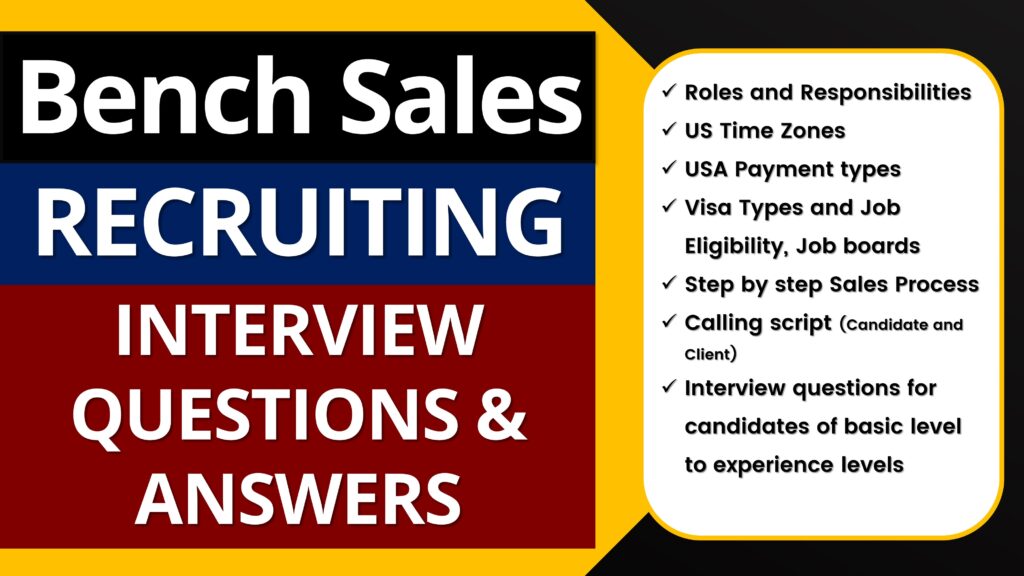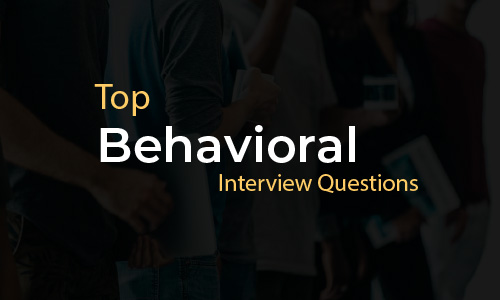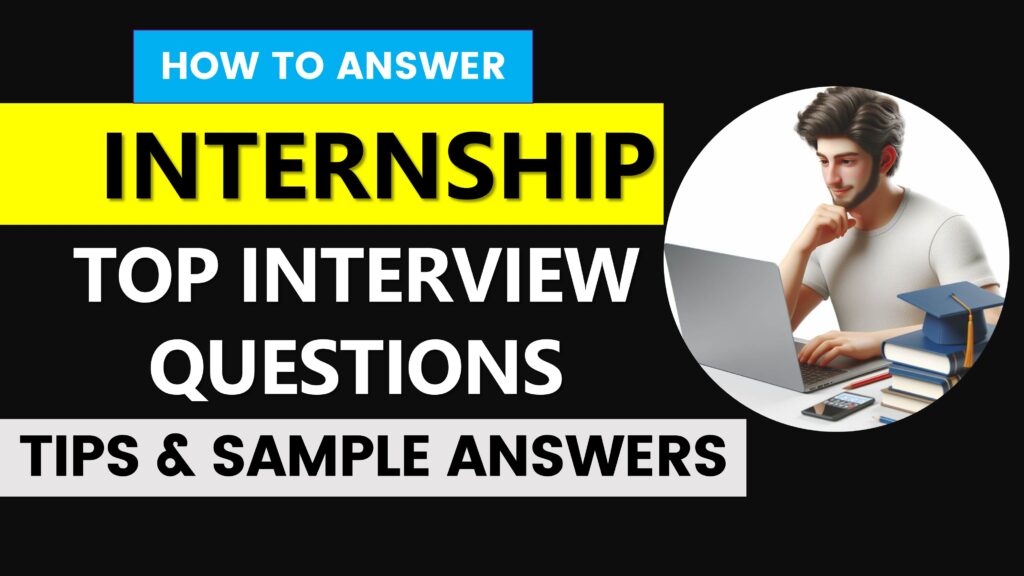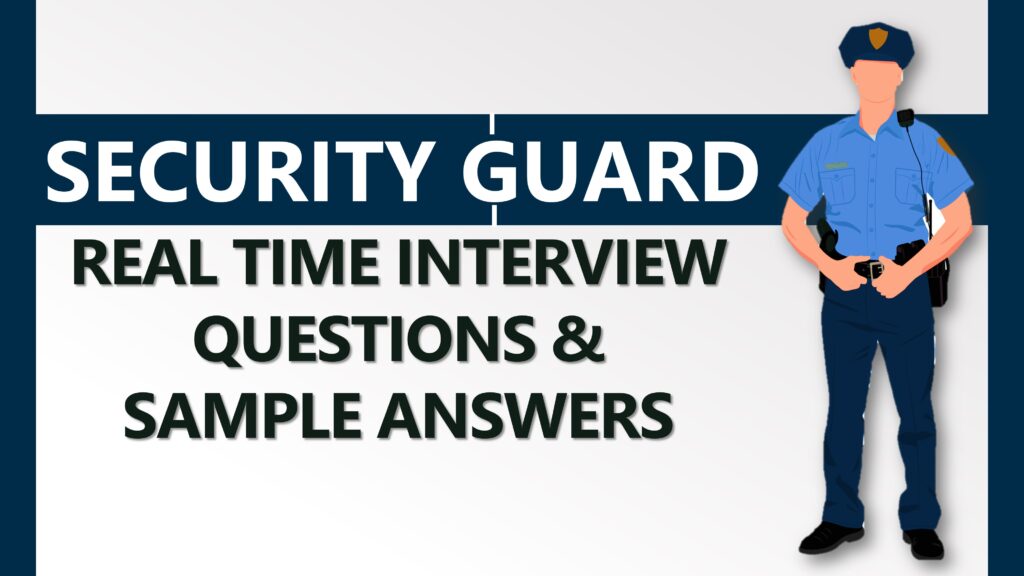What is Recruitment?
Recruitment refers to the process of attracting, sourcing, and selecting qualified individuals to fill job vacancies within an organization. It involves various activities such as job posting, candidate screening, interviews, and ultimately hiring suitable candidates for specific positions.
What is IT Recruitment and Non-IT Recruitment?
IT recruitment refers to the process of sourcing, evaluating, and hiring candidates for information technology roles, such as software developers, network administrators, or data analysts.
Non-IT recruitment, on the other hand, encompasses the process of recruiting candidates for positions outside of the information technology domain, including roles in fields like sales, marketing, finance, human resources, and operations.
What is sourcing?
Sourcing is the act of searching for potential candidates who possess the skills and qualifications required for a specific job opening, usually done through job sites or portals.
What is screening?
Screening is the process of evaluating candidate resumes to determine their suitability for a job by comparing their qualifications and experience with the job description.
What is shortlisting?
Shortlisting is the selection process where matching candidate resumes are chosen from a pool of applicants based on their alignment with the job requirements for further consideration in the hiring process.
What is interview?
An interview is a structured conversation between a hiring manager and a candidate to assess their qualifications, skills, and suitability for a specific job position.
What is a client?
A client refers to an individual, organization, or entity that seeks and utilizes IT services, solutions, or products to meet their technological needs and objectives.
What is Hiring?
Hiring involves the evaluation of applications, the selection of suitable candidates for interviews, and conducting assessments to gauge their suitability for the position.
What are the roles and Responsibilities of IT Recruiter?
- Sourcing and identifying potential candidates for IT positions.
- Reviewing resumes and conducting initial screenings.
- Conducting interviews and technical assessments.
- Coordinating and scheduling interviews with hiring managers.
- Collaborating with hiring teams to understand job requirements.
- Building and maintaining a candidate pipeline.
- Managing candidate communication and providing updates.
- Negotiating job offers and coordinating the hiring process.
- Staying updated on industry trends and recruitment strategies.
Who is Bench Sales Recruiter?
A Bench Sales Recruiter is an individual who is responsible for marketing and placing IT consultants or professionals who are currently on the bench (not actively assigned to a project) with potential clients or companies that require their services.
The Bench Sales Recruiter focuses on identifying suitable project opportunities, negotiating contracts, and facilitating the placement of bench resources into client projects to ensure their utilization and productivity.
What is VMS? and Types of VMS?
VMS stands for Vendor Management System. It is a software platform or application that helps organizations manage their contingent workforce and vendor relationships efficiently.
Types of VMS:
Procurement-Based VMS: These VMS platforms focus on streamlining the procurement process, managing vendor contracts, and facilitating the sourcing and selection of vendors for various services or projects.
Workforce-Based VMS: These VMS platforms are designed to manage the contingent workforce, including temporary staff, freelancers, and independent contractors. They handle tasks such as candidate sourcing, onboarding, time and attendance tracking, and invoicing.
Hybrid VMS: These VMS platforms combine the features of both procurement-based and workforce-based systems, providing a comprehensive solution to manage both the procurement and contingent workforce aspects of a business.
Service-Based VMS: These VMS platforms are specifically tailored to manage service providers and contracts, focusing on the procurement and management of services rather than goods or contingent workers.
List of VMS?
Here are some popular Vendor Management Systems (VMS):
- Fieldglass (SAP Fieldglass)
- Workday VMS
- PeopleFluent VMS
- PRO Unlimited Wand VMS
- Coupa Contingent Workforce
- IQNavigator (Beeline IQN)
- AgileOne VMS
- Upwork Enterprise
- DCR Workforce VMS
What is Tier 1Client and Tier 2 Client?
Tier 1 client refers to a high-value, strategic client that holds significant importance for a company. These clients typically have a large volume of business, provide substantial revenue, and often have long-term contracts or partnerships.
Tier 2 clients are considered secondary clients in terms of revenue and strategic importance. They may have smaller-scale projects or contracts with the company compared to Tier 1 clients. While still valuable, Tier 2 clients may not have the same level of significance or impact on the overall business as Tier 1 clients.
What is ATS and types of ATS?
ATS stands for Applicant Tracking System. It is a software application used by companies to manage and streamline their recruitment process, including job posting, candidate sourcing, resume parsing, applicant screening, interview scheduling, and hiring decisions.
Types of ATS:
On-premise ATS: These are ATS systems installed and maintained on the company’s own servers and infrastructure, providing complete control and customization but requiring dedicated IT resources.
Cloud-based ATS: These ATS systems are hosted in the cloud, allowing easy access, scalability, and updates without the need for on-premise hardware or software management. They are often offered as Software-as-a-Service (SaaS) solutions.
What are different types of tax terms in USA Recruiting?
Here are some of the different types of tax terms related to USA recruiting:
W-2 Employee: Refers to an employee who is hired by an employer on a permanent basis and is subject to regular tax withholding from their paycheck. The employer is responsible for deducting taxes and providing a W-2 form at the end of the year.
1099 Contractor: Refers to an independent contractor or self-employed individual who provides services to a company on a project basis. They receive a 1099 form instead of a W-2, and they are responsible for paying their own taxes, including self-employment taxes.
Payroll Taxes: These are taxes withheld from an employee’s paycheck, including federal income tax, Social Security tax, and Medicare tax. The employer is responsible for withholding and remitting these taxes to the appropriate government agencies.
State and Local Taxes: Apart from federal taxes, employees may also be subject to state and local taxes, such as state income tax, city or county taxes, or unemployment taxes, depending on their work location.
Employer Payroll Taxes: Employers are responsible for paying certain taxes on behalf of their employees, such as the employer’s portion of Social Security tax, Medicare tax, and federal and state unemployment taxes.
Sales Tax: Sales tax is a consumption tax levied on the sale of goods and services. It is typically collected by businesses at the point of sale and remitted to the state or local government.
What is C2C?
C2C stands for “Corp-to-Corp” or “Consultant-to-Consultant and refers to a business arrangement where a company contracts with another company (rather than an individual) to provide services or fulfil a project. It typically involves the hiring company (client) engaging with a vendor company to fulfil specific project requirements, with the vendor company providing resources, such as consultants or contractors, to work on the project under the terms of the contract.
What are different types of Visas in USA?
There are several different types of visas available for individuals traveling to the United States. Here are some of the commonly known visa categories:
B-1/B-2 Visitor Visa: For temporary business (B-1) or tourism/pleasure (B-2) purposes.
H-1B Visa: For skilled workers in a specialty occupation.
L-1 Visa: For intracompany transferees who work for a company with offices in the U.S.
F-1 Visa: For international students studying at a U.S. academic institution.
J-1 Visa: For exchange visitors participating in approved programs, including research, education, and cultural exchanges.
E-1/E-2 Visa: For treaty traders (E-1) or treaty investors (E-2) from countries with which the U.S. has specific trade or investment treaties.
O-1 Visa: For individuals with extraordinary ability in the sciences, arts, education, business, or athletics.
TN Visa: For Canadian and Mexican citizens under the North American Free Trade Agreement (NAFTA), in certain professional occupations.
K-1 Visa: For fiancé(e)s of U.S. citizens to enter the U.S. and get married.
Green Card (Permanent Resident Visa): For individuals seeking permanent residency in the U.S.
What is Employment Authorization Document (EAD)?
An Employment Authorization Document (EAD) is an official document issued by the U.S. Citizenship and Immigration Services (USCIS) that grants temporary work authorization to eligible non-U.S. citizens residing in the United States. It allows them to legally work for a specific period of time in the U.S.
What is CPT and OPT Visas and validity?
CPT (Curricular Practical Training) and OPT (Optional Practical Training) are both programs that allow international students in the United States to gain practical work experience related to their field of study.
CPT:
- CPT is a program that allows F-1 visa students to engage in paid or unpaid internships, cooperative education, or other types of employment directly related to their academic program.
- CPT can be full-time or part-time and is typically completed during the academic program as an integral part of the curriculum.
- The validity of CPT is dependent on the specific academic program and is authorized by the designated school official (DSO).
- Candidate work on Part time basis 20 hours per week.
- Validity of CPT Visa is 12 months.
OPT:
- OPT is a program that allows F-1 visa students to work in the U.S. for a certain period of time after completing their academic program.
- There are two types of OPT: Pre-completion OPT (before completing the program) and Post-completion OPT (after completing the program).
- Pre-completion OPT is limited to part-time employment during the academic program, while Post-completion OPT allows for full-time employment.
- The validity of OPT is typically for up to 12 months, with an additional 24-month extension available for certain STEM (Science, Technology, Engineering, and Mathematics) degree holders.
What is H1B visa?
The H-1B visa is a non-immigrant visa that allows U.S. employers to hire foreign workers in specialty occupations. It is typically granted for an initial period of three years, with the possibility of extension for up to a maximum of six years. The validity of the H-1B visa depends on the approved duration of employment as indicated by the employer in the petition and the individual’s continued eligibility.
It’s important to note that H-1B visa holders are sponsored by their employers, and the validity of the visa is tied to the duration of the employment offered by the sponsoring employer. The employer must petition for the H-1B visa on behalf of the employee, and any changes in employment, such as a change of employer, may require filing for a new H-1B visa or transferring the existing visa to the new employer.
Who is for H4B visa?
The H4 visa is a dependent visa available to the spouses and unmarried children (under 21 years old) of H1B visa holders. It allows them to accompany or join their H1B visa holder family member in the United States.
The H4 visa does not provide work authorization on its own. However, in certain circumstances, H4 visa holders may be eligible to apply for an Employment Authorization Document (EAD) and seek employment in the United States.
The H4 visa is typically valid for the same duration as the primary H1B visa holder’s visa. It allows H4 visa holders to reside in the United States and may be extended as long as the H1B visa holder maintains their status.
H4 visa holders can study in the United States, open bank accounts, obtain driver’s licenses, and enjoy certain benefits, but they are not authorized to work unless they obtain an EAD.
What is Asylum Visa?
Asylum visa is a type of humanitarian protection granted to individuals who are fleeing persecution or danger in their home country and seeking refuge in another country. It allows them to stay and seek legal status in the host country based on a well-founded fear of persecution.
What is Green Card?
A Green Card, officially known as a Permanent Resident Card, is an identification card issued by the U.S. government to immigrants who have been granted lawful permanent resident status, allowing them to live and work permanently in the United States.
It typically has an expiration date of 10 years, but the permanent residency status remains unless it is revoked or abandoned by the cardholder. If you have been granted conditional permanent resident status, the card is valid for 2 years.
Who are US Citizens?
U.S. citizens are individuals who are born in the United States or go through the process of naturalization, granting them legal and full citizenship rights, including the ability to vote, obtain a U.S. passport, and enjoy other privileges and protections provided by the U.S. government.
How many Stars are in USA flag?
How Many States are in USA?
There are 50 states in the United States of America.
What are the different Time Zones in USA?
The United States is divided into six time zones. Here are the time zones and their corresponding states:
Eastern Time Zone (ET) or EST:
States: Maine, New Hampshire, Vermont, Massachusetts, Rhode Island, Connecticut, New York, Washington D.C., New Jersey, Pennsylvania, Delaware, Maryland, Virginia, West Virginia, North Carolina, South Carolina, Georgia, Florida, and parts of Indiana and Michigan.
Time Difference: UTC-5 (Standard Time) or UTC-4 (Daylight Saving Time)
Central Time Zone (CT) or CST:
States: Ohio, Michigan (western portion), Indiana (central and western portions), Kentucky, Tennessee, Illinois, Wisconsin, Minnesota, Iowa, Missouri, Arkansas, Louisiana, Mississippi, Alabama, and parts of North Dakota, South Dakota, Nebraska, Kansas, Oklahoma, and Texas.
Time Difference: UTC-6 (Standard Time) or UTC-5 (Daylight Saving Time)
Mountain Time Zone (MT) or MST:
States: Montana, Wyoming, Colorado, New Mexico, Idaho, Utah, Arizona, and parts of North Dakota, South Dakota, Nebraska, Kansas, Oklahoma, Texas, and Nevada.
Time Difference: UTC-7 (Standard Time) or UTC-6 (Daylight Saving Time)
Pacific Time Zone (PT) or PST:
States: Washington, Oregon, California, Nevada (except for a small portion in the Mountain Time Zone), and parts of Idaho.
Time Difference: UTC-8 (Standard Time) or UTC-7 (Daylight Saving Time)
Alaska Time Zone (AKT):
State: Alaska
Time Difference: UTC-9 (Standard Time) or UTC-8 (Daylight Saving Time)
Hawaii-Aleutian Time Zone (HAST):
State: Hawaii
Time Difference: UTC-10
Please note that some states may observe Daylight Saving Time, which results in moving the clock forward by one hour during certain periods of the year. The specific dates and implementation of Daylight-Saving Time may vary, so it’s advisable to check for any changes or updates when planning across different time zones in the United States
Why do you want to work as an USA IT recruiter?
Sample Answer: I am passionate about connecting talented IT professionals with opportunities that align with their skills and career aspirations. As an IT recruiter, I can contribute to the growth and success of both individuals and organizations by facilitating mutually beneficial matches and fostering long-term partnerships.
Can you describe your experience with sourcing and screening candidates?
Sample Answer: In my previous role as an IT Recruiter, I utilized various sourcing techniques such as job boards, social media platforms, and networking events to find qualified candidates. I also implemented a comprehensive screening process that involved evaluating resumes, conducting phone interviews, and assessing technical skills to ensure a good fit for the job requirements.
How do you follow up with candidates you've placed?
Sample Answer: I maintain regular communication with placed candidates by checking in periodically to ensure their satisfaction, addressing any concerns, and offering support or assistance as needed. This helps foster a strong professional relationship and promotes a positive candidate experience.
What are your strategies to screen the candidates?
Sample Answer: My screening strategy involves a comprehensive review of candidate resumes and applications, assessing their qualifications, experience, and skills against the job requirements. I also conduct thorough phone or video interviews to evaluate their communication, technical abilities, and cultural fit within the organization.
Can You describe how you tell a candidate that they did not get the job. Do you remain in contact?
Sample Answer: When informing a candidate that they were not selected for the job, I do it in a respectful and empathetic manner, emphasizing that the decision was based on the specific requirements of the role. I offer feedback when possible and encourage them to continue exploring other opportunities. Depending on the circumstances, I may maintain contact for future job openings or networking purposes.
What percentage of the contract hires you have placed transition into full-time employment?
Sample Answer: On average, approximately 70% of the contract hires I have placed successfully transition into full-time employment, indicating the effectiveness of the placements and the suitability of the candidates for long-term roles within the organization.
What are job portals and how to use it in sourcing the candidates?
Sample Answer: Job portals are online platforms that allow employers and recruiters to post job openings and candidates to search and apply for jobs. To source candidates from job portals, I use relevant keywords, filters, and advanced search options to narrow down the search results and identify potential candidates who match the job requirements, and then engage with them through personalized messaging to establish a connection and assess their suitability for the position.
What are the challenges you face as an IT recruiter?
Sample Answer: As an IT recruiter, some challenges I often encounter include sourcing candidates with niche technical skills, managing a high volume of job openings simultaneously, and adapting to the rapidly evolving technology landscape. However, I tackle these challenges by continuously expanding my network, leveraging advanced sourcing techniques, and staying updated with the latest industry trends.
How do you handle a high-volume recruitment workload?
Sample Answer: To manage high-volume recruitment, I prioritize and streamline my workflow. I create a structured recruitment process with clearly defined steps, leverage technology and applicant tracking systems to automate tasks, and establish effective time management techniques. Additionally, I delegate responsibilities when necessary and collaborate with team members to ensure efficient execution.
Can you share an example of a successful candidate placement you made and how you contributed to it?
Sample Answer: In a previous assignment, I successfully recruited and placed a highly skilled software developer for a critical project. I collaborated closely with the hiring manager to understand the technical requirements and cultural fit. By conducting a thorough screening and assessment process, I identified the candidate who not only possessed the required technical skills but also aligned well with the team dynamics, resulting in a successful placement and project completion.
How do you stay updated with the latest trends and technologies in the IT industry?
Sample Answer: To stay updated, I regularly participate in industry conferences, webinars, and networking events. I also follow reputable IT blogs and publications, and actively engage in professional communities and forums. This allows me to stay informed about emerging technologies, industry best practices, and the evolving IT job market.
How do you approach negotiations with candidates regarding salary and benefits?
Sample Answer: I approach negotiations by first understanding the candidate’s expectations and the client’s budgetary constraints. I strive to find a win-win solution by focusing on the value the candidate brings and presenting a comprehensive package that includes not only competitive compensation but also other benefits, such as professional development opportunities or flexible work arrangements.
How do you handle a situation where a candidate backs out or declines an offer after accepting?
Sample Answer: In such situations, I remain professional and maintain open communication with the candidate. I strive to understand their reasons for backing out and address any concerns they may have. If possible, I explore options to salvage the situation, such as renegotiating terms or addressing any misunderstandings. If the candidate ultimately decides to decline the offer, I manage the situation by promptly informing the client and initiating a backup plan to identify alternative candidates.
How do you identity the candidates is genuine or not?
Sample Answer: To verify the authenticity of candidates, I employ various methods such as conducting thorough background checks, validating their education and work experience, cross-referencing their references, and using behavioural interviewing techniques to assess their honesty and integrity.
How many submissions you will do in a week and day?
Sample Answer: The number of submissions I make in a week and a day can vary depending on the specific requirements and volume of job openings. However, I aim to maintain a consistent and efficient workflow, ensuring quality over quantity in my submissions to maximize the chances of successful placements.
What are the tips to find fake resume?
Sample Answer: To identify fake resumes, some effective tips include scrutinizing the employment history for inconsistencies or gaps, verifying educational qualifications with the respective institutions, conducting thorough reference checks, and utilizing online tools to check for plagiarism or template usage. Additionally, conducting comprehensive interviews and technical assessments can help reveal any discrepancies between the resume and the candidate’s actual abilities.
What are your most preferred sourcing tools and why?
Sample Answer: My most preferred sourcing tools are LinkedIn and niche industry job boards. LinkedIn allows me to connect with a vast professional network and access candidates’ detailed profiles, while niche job boards help me target specific industries and find candidates with specialized skills and experience.





